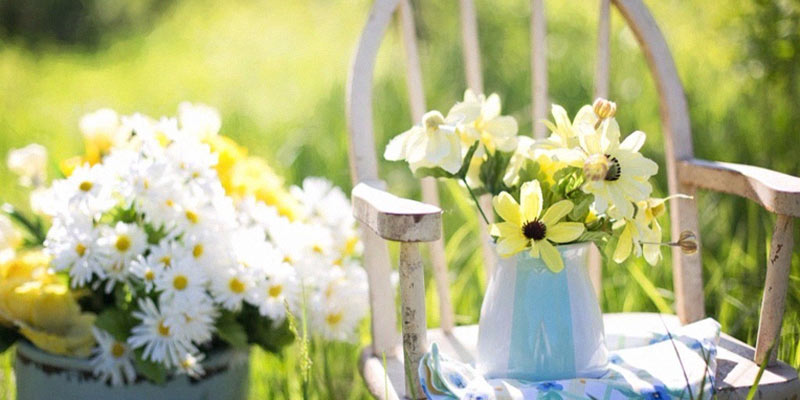
Gardening can be a backbreaking hobby — even more so when you are hoping to grow your own food from it.
Of course, every gardener is pining for high yields. Whatever you have planted in your garden or however large your garden plot is, it hardly matters; everybody just wants to reap what they have sown, and maybe even more. The frustrating part is the fact that effort and preparation make up only half of the success or failure of your garden – nature, after all, is a force stronger than any and all of your efforts.
While you cannot exactly cheat nature into giving you 100% success rates and double the yield every planting season, you can employ smarter ways to work around your garden to get the most out of every seed.
Check out these seven tips that we have compiled that will hopefully weed out the frustration and give you a better chance of getting higher yields from your crops:
1. Plant high-yield varieties
If you’re looking for quantity, pick out hybrids over heirlooms. They are sturdier against weeds, pests, and extreme weather conditions. Some of them are also designed for higher quantity harvests. Unless you are gunning for a garden of special, rare heirloom crops, high-yield hybrids may give you more returns for the amount of effort you put into it.
2. Go up
Expand your garden vertically with the use of trellises, poles, and hanging planters on the wall or a repurposed fence. Aside from creeping crops, the best ones to plant vertically are herbs and tiny plants. Just make sure that the placement of your planters as well as the soil are in perfect condition for a yield.
3. Condition your soil
The soil is perhaps the most important element in crop growth and yield. It provides almost everything that your crops need. Naturally, a lot of the effort we put in when gardening involves getting the soil prepared and conditioned for the entire season. That is why it is extremely important to condition the soil before planting, after harvest, and to maintain its health during the gardening season. Just make sure you get a better deal on your soil by picking up a voucher code from sites like totaldiscounts.co.uk. Pro tip: testing the soil, especially its nutrient and pH levels, is ideal before you begin planting so you can adjust your conditioning accordingly.
4. Plant on raised beds
It does not seem like much but rounded, raised beds allow more room for your plants. For the same amount of land, rounded raised plant beds give you extra space of about 10 to 20% of the original size. And when you have the right types of plants, a few extra feet on your raised bed makes a world of difference for your plant yields. Additional tip: narrow down the paths between beds to maximise your garden lot. There is an excellent guide to building your own raised bed here, and you can find 50+ free raised bed plans here.
5. Mix up your plot
Planting too many of the same plant does not only give you a non-diverse harvest; it also puts your garden at risk of succumbing to pests. Diversify and plant a little bit of a lot of things that can thrive in your area for that particular season. Spaced wisely, they will protect each other from pests and also produce a higher quantity and a more diverse harvest.
6. Go for succession planting
One of the most challenging but greatly satisfying techniques that a lot of gardeners employ in their backyards is succession planting. A single plot in a single season can easily double your yield, given that the conditions and the care are right and, more importantly, the combination of plants is perfect. Pick out crops that mature quickly and easily and don’t forget to fertilize with compost in between harvests!
7. Pick out crops that grow perfectly in your garden’s condition
Every garden is different. The microclimate in your garden can affect your crops differently than the neighbor’s. Make sure that when you pick out your crops for the season, you opt for the ones that grow best in your area.
When it comes to maximising your vegetable garden’s yield, working smart beats working hard. Try out these tips and make the most out of your little garden.

